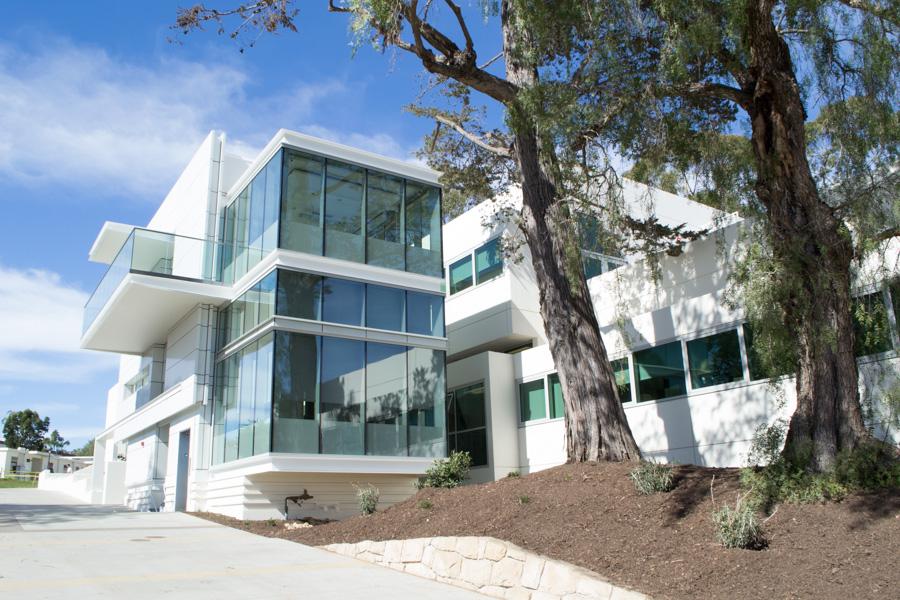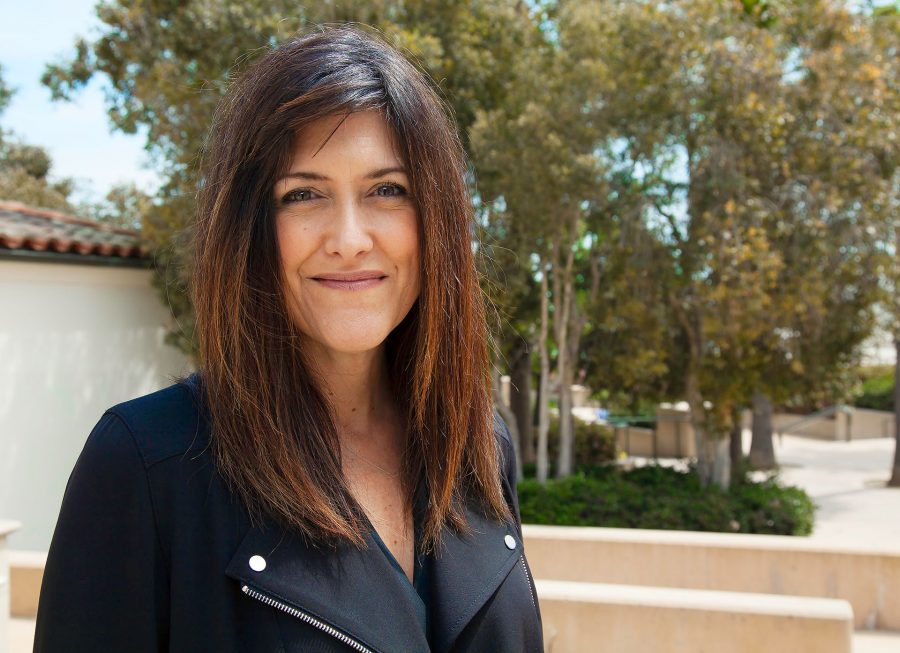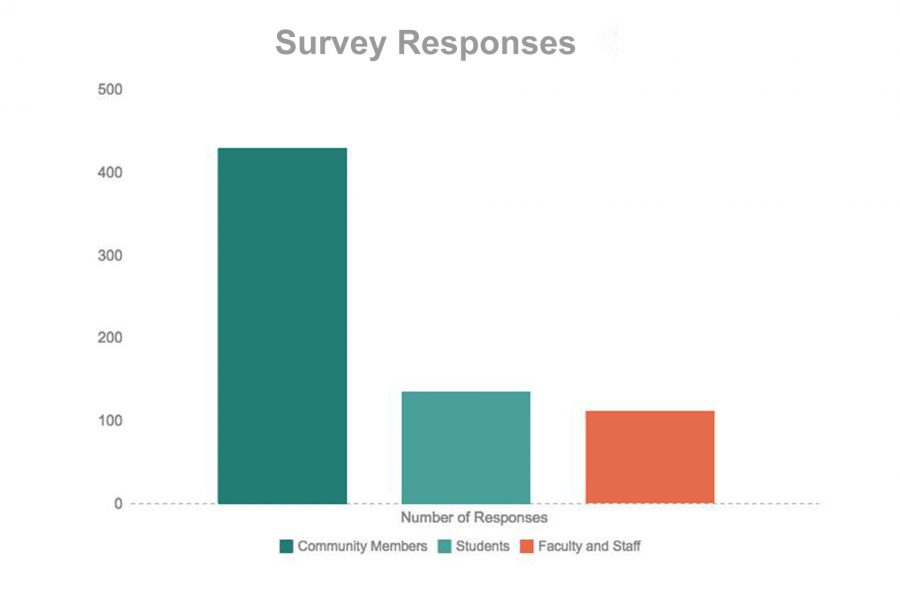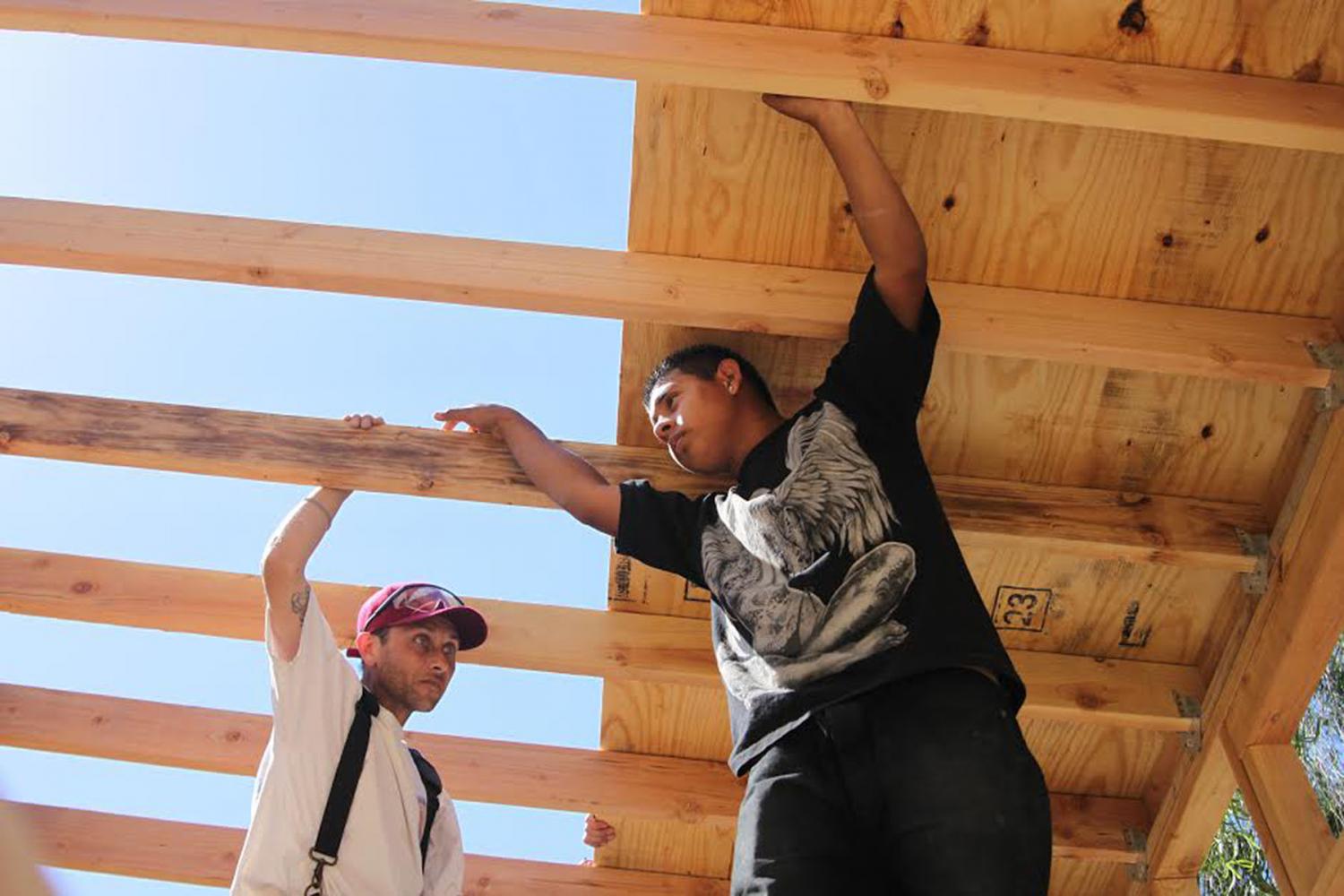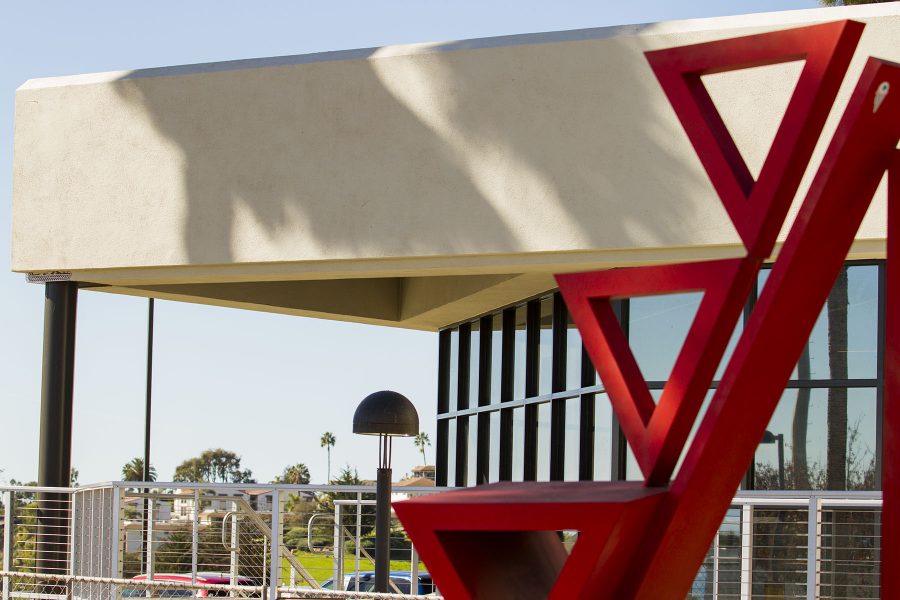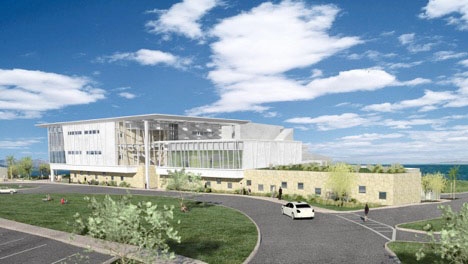Fresh white paint sparkles as the sun kissed ocean glitters off the walls of windows.
The Humanities Building renovation is almost finished and is occupied with students learning subjects from painting to English as a second language. However, the newest change to City College might have come too soon, according to Lia Dewit, art history major and Atkinson Gallery intern.
“I don’t think we should have moved into the building quite this soon,” she said. “I think that they should have waited because there are so many things that are wrong with it that they’re trying to figure out.”
The move into the new building began on Jan. 6. The team had about three weeks to move everything from storage into the building while fire alarm testing was still in progress.
“While we were setting up the Ann Diener exhibit in the Atkinson Gallery, the alarms went off 175 times over three days,” Dewit said. “Those alarms bellow through the building.”
Although the building is occupied, there are still unfinished areas. The ground floor is not fully operational but has been improved.
The older version of the building had a problem with the homeless population. The lockers on the ground floor were being used as storage for clothes and other personal items. The new building comes with new lockers and locks that have to be checked out by staff to registered students.
“We provide the lock so hopefully that won’t happen anymore,” Dewit said. “There are locker agreements now.”
The project was first estimated at $12.5 million but after discussion at the facilities meetings, the budget was settled at $13 million.
“When you go into a 45-year-old building, you experience unforeseen conditions,” said Dr. Lori Gaskin, superintendent-president. “The complexity of renovating a building is so extreme.”
When the patio that will host most of the sculpture classrooms was built 25-years-ago, there were five eucalyptus trees that were removed to build the area. That was not permitted by the California Coastal Commission. When renovations started for the Humanities Building, the extension was brought to the attention of the commission and the construction of the patio was delayed.
“We had to go through some significant environmental assessment before we could reestablish that patio,” Gaskin said. “No one was here 25-years-ago when that patio was built. Sometimes we have to deal with historical things that happen.”
A problem that the Art Department has run into is the ceilings being too low and made with the wrong material to host a kiln for sculpture classes. The kiln gets too hot for the ceiling, which poses a fire threat and may result in water damage, said Ed Inks, art professor.
“I have committed that we will make it right such that the programs and the instruction that is going on is conducted in an appropriate manner,” Gaskin said.
The architects of the building didn’t meet with Inks, the faculty manager of the reconstruction.
“They saw the [Division of State Architects] before me and the college,” Inks said. “There were a lot of different things that we would have liked to discuss.”
Even with the setbacks and design flaws, the building has many new features that have the faculty raving.
“The pinnacle of the project was the tower,” said Julie Hendricks, senior director of facilities.
The tower, which is one of the only additions to the original footprint of the building, is host to an elevator and three new conference rooms, one on each floor.
Along with the tower, the new Atkinson Gallery is a quaint room with high ceilings and large glass doors onto a balcony that makes the room open and flooded with natural light.
“It’s a real intricate design,” Gaskin said. “Perfection is something we strive for, but it’s an allusion.”


